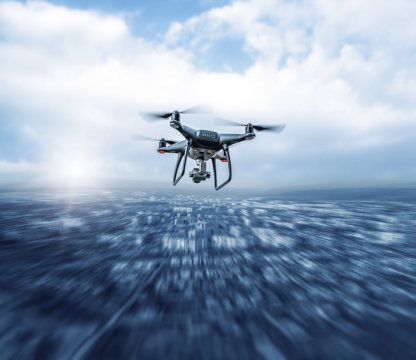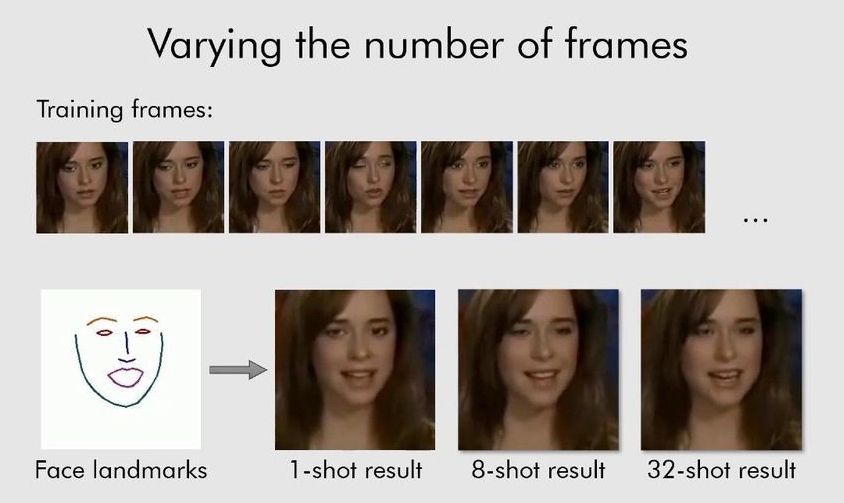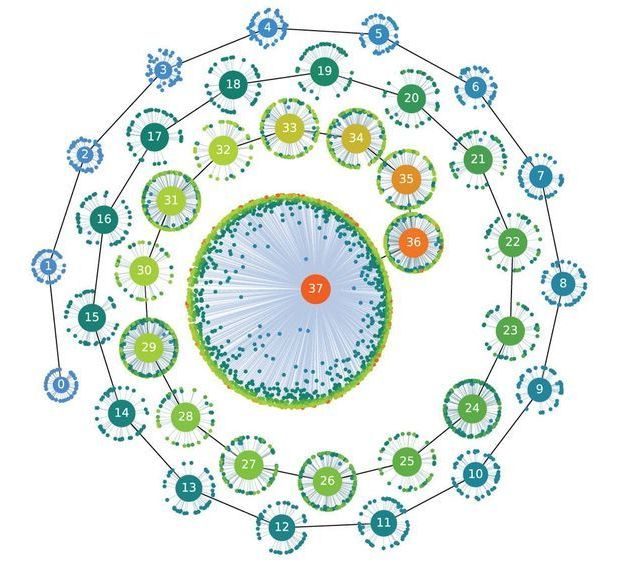Archive for the ‘robotics/AI’ category: Page 1828
May 26, 2019
Ford unveils two-legged robot that can walk packages to your door
Posted by Carse Peel in categories: business, robotics/AI
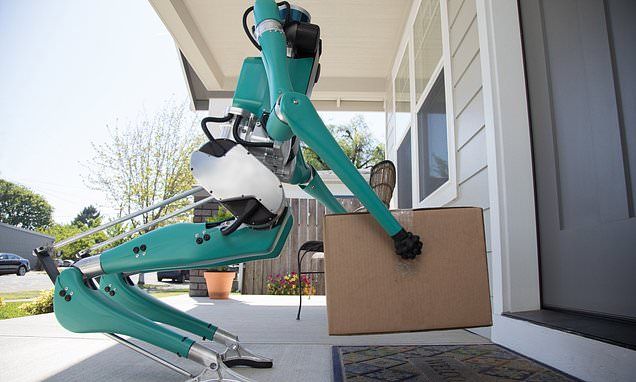
‘It’s not always convenient for people to leave their homes to retrieve deliveries or for businesses to run their own delivery services,’ Ken Washington, chief technology officer at Ford, wrote in a blog post.
‘If we can free people up to focus less on the logistics of making deliveries, they can turn their time and effort to things that really need their attention.
Continue reading “Ford unveils two-legged robot that can walk packages to your door” »
May 26, 2019
Robot inspired by a bush baby can bounce THREE times its own height
Posted by Carse Peel in category: robotics/AI
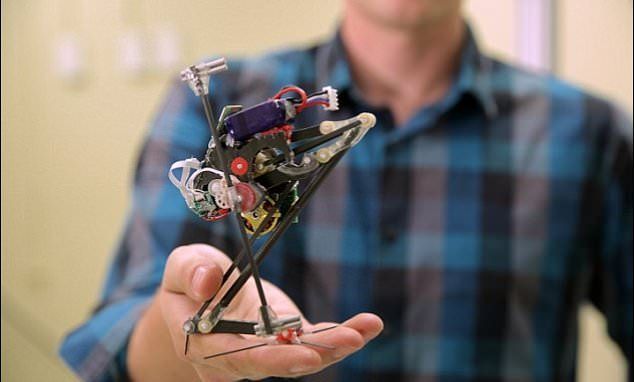
A nimble robot inspired by bush babies can now bounce three times its own height in a single leap.
SALTO (saltatorial locomotion terrain obstacles) was fist designed to jump at 4mph (1.75 m/s) but a host of new features have now been added to the nifty machine.
Continue reading “Robot inspired by a bush baby can bounce THREE times its own height” »
May 26, 2019
‘Neural Lander’ uses AI to land drones smoothly
Posted by Genevieve Klien in categories: drones, robotics/AI
Control engineers and AI experts team up to make drones that fly more smoothly close to the ground.
May 24, 2019
When Quantum Computing Meets AI: Smarter Digital Assistants and More
Posted by Klaus Baldauf in categories: business, engineering, quantum physics, robotics/AI
Quantum computing’s processing power could begin to improve artificial-intelligence systems within about five years, experts and business leaders said.
For example, a quantum computer could develop AI-based digital assistants with true contextual awareness and the ability to fully understand interactions with customers, said Peter Chapman, chief executive of quantum-computing startup IonQ Inc.
“Today, people are frustrated when a digital assistant says, ‘Sorry, I couldn’t understand that,’” said Mr. Chapman, who was named CEO of the venture-capital-backed startup this week after about five years as director of engineering for Amazon.com Inc.’s Amazon Prime. Quantum computers “could alleviate those problems,” he said.
Continue reading “When Quantum Computing Meets AI: Smarter Digital Assistants and More” »
May 24, 2019
Neuroprosthetics and deep brain stimulation: Two big neuroscience breakthroughs
Posted by Paul Battista in categories: biotech/medical, cyborgs, neuroscience, robotics/AI
Researchers have developed a brain-computer interface the size of a baby aspirin that can restore mobility to people with paralysis or amputated limbs.
How does it work? It rewires neural messages from the brain’s motor cortex to a robotic arm, or reroutes it to the person’s own muscles. In this video, Big Think contributor Susan Hockfield, president emerita of MIT, explains further.
May 24, 2019
Samsung deepfake AI could fabricate a video of you from a single profile pic
Posted by Quinn Sena in category: robotics/AI
May 24, 2019
Google bots shut down Baltimore officials’ ransomware-workaround Gmail accounts
Posted by Quinn Sena in categories: cybercrime/malcode, robotics/AI
Somebody lend Baltimore $6.
Google automatically suspended accounts after detecting they were from same network.
May 24, 2019
AI can now turn still images into moving heads
Posted by Michael Lance in category: robotics/AI

Artificial Intelligence can now fabricate a video from still images!
Continue reading “AI can now turn still images into moving heads” »
May 24, 2019
Tapping the power of AI and high-performance computing to extend evolution to superconductors
Posted by Quinn Sena in categories: robotics/AI, supercomputing
Owners of thoroughbred stallions carefully breed prizewinning horses over generations to eke out fractions of a second in million-dollar races. Materials scientists have taken a page from that playbook, turning to the power of evolution and artificial selection to develop superconductors that can transmit electric current as efficiently as possible.
Perhaps counterintuitively, most applied superconductors can operate at high magnetic fields because they contain defects. The number, size, shape and position of the defects within a superconductor work together to enhance the electric current carrying capacity in the presence of a magnetic field. Too many defects, however, can lead to blocking the electric current pathway or a breakdown of the superconducting material, so scientists need to be selective in how they incorporate defects into a material.
In a new study from the U.S. Department of Energy’s (DOE) Argonne National Laboratory, researchers used the power of artificial intelligence and high-performance supercomputers to introduce and assess the impact of different configurations of defects on the performance of a superconductor.

